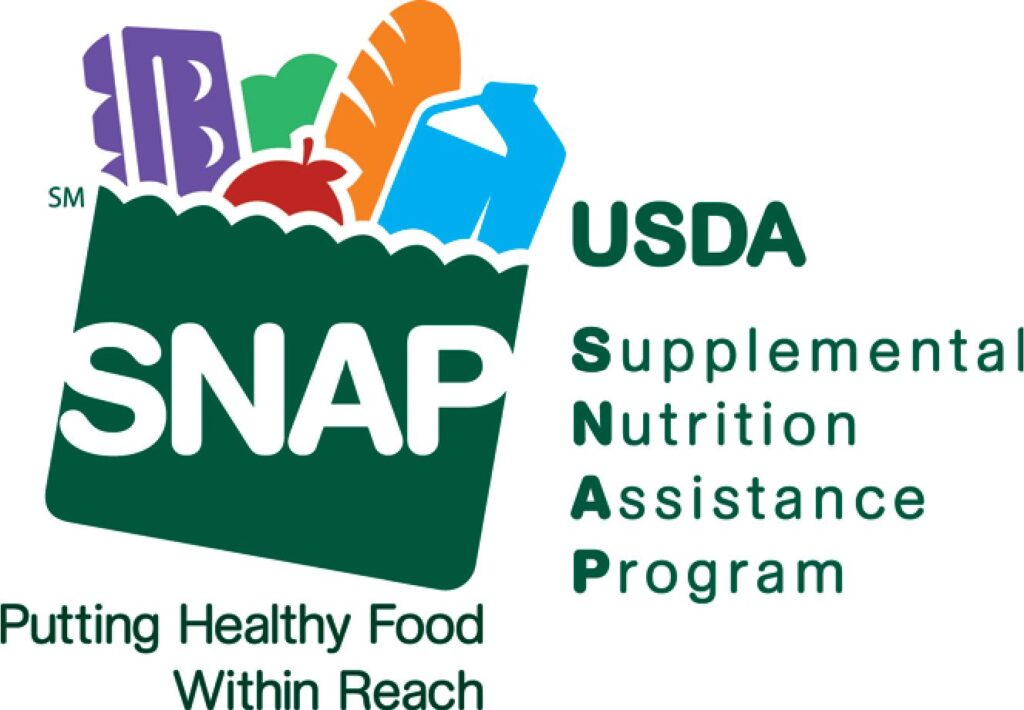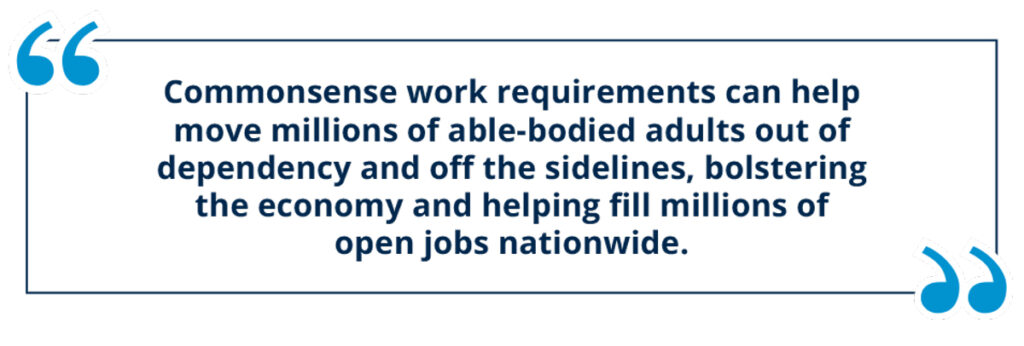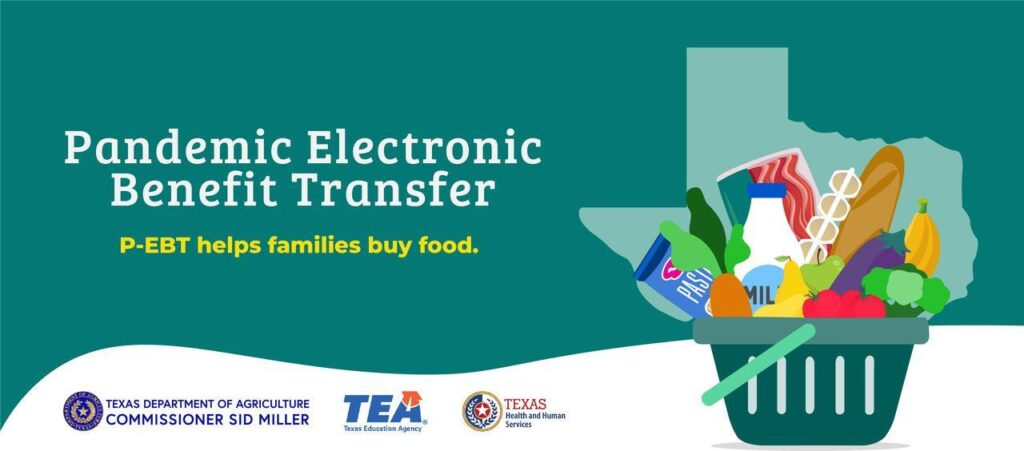The Wyoming SNAP Waiver offers temporary adjustments to SNAP rules, ensuring residents can access food benefits during crises.
Let’s dive into the details of the Wyoming SNAP waiver, exploring what it is, why it exists, the different types of waivers available, and how to apply.
What is the Wyoming SNAP Waiver?

The Wyoming SNAP Waiver is a temporary exemption from standard SNAP rules issued in response to specific conditions or crises. When these waivers are implemented, they can modify various SNAP program elements, including eligibility requirements, benefit distribution, and documentation processes, ensuring that individuals and families receive the support they need without excessive bureaucratic hurdles. By easing certain restrictions, SNAP waivers help Wyoming communities maintain food security even when daily life is disrupted.
Key Features of Wyoming SNAP Waivers:
- Crisis-Responsive: Waivers are typically issued during times of statewide or regional crises, such as economic recessions, natural disasters, or health emergencies, which impact large segments of the population.
- Temporary Measures: Waivers are not permanent changes; they are set for a specific time period or until the emergency has passed, ensuring the temporary relaxation of SNAP guidelines without altering the program’s long-term structure.
- Enhanced Access: The purpose of a waiver is to expedite the process, increase benefit amounts when necessary, or broaden eligibility temporarily to support a wider group of people impacted by the crisis.
SNAP waivers may be issued statewide or regionally, depending on the situation’s scope. For example, a natural disaster like a flood that only affects certain counties may result in a waiver specific to those areas, while a health crisis impacting the entire state could lead to a broader waiver.
Why Are SNAP Waivers Necessary?
The necessity of SNAP waivers becomes clear when considering the unpredictable nature of crises. SNAP waivers address specific needs that emerge during emergencies, helping maintain stability and continuity in food assistance, especially for vulnerable populations. Here are some of the most common situations where SNAP waivers are essential:
- Natural Disasters: Wyoming is not immune to natural disasters like wildfires, floods, and winter storms, which can disrupt communities and affect local economies. These events may displace families, destroy homes, and create barriers to accessing food. During these times, SNAP waivers can help speed up the approval process and allow families to access emergency benefits without the usual delays.
- Economic Crises: Economic downturns or recessions can lead to high unemployment rates and reduced income for many households. When families suddenly lose jobs or face financial instability, SNAP waivers can provide immediate support, allowing affected individuals to continue receiving benefits even if they temporarily exceed income limits or cannot meet certain requirements.
- Public Health Emergencies: Public health events, such as the COVID-19 pandemic, illustrate the need for flexibility in food assistance programs. During the pandemic, SNAP waivers allowed families to receive emergency allotments, temporarily lifted work requirements, and helped provide food to students who relied on school meal programs. This support reduced food insecurity and allowed families to focus on health and safety.
Without these waivers, many families might lose access to essential benefits during times when they need them most, exacerbating food insecurity and potentially creating long-term health and financial challenges.
Also Read: Researched Nutritionals AnxiaEase – Natural Support for Calm and Mental Clarity!
Types of SNAP Waivers in Wyoming:
The Wyoming Department of Family Services (DFS), in partnership with the U.S. Department of Agriculture (USDA), administers various types of waivers to help people meet their food needs during emergencies. Each waiver has a unique purpose, designed to address specific issues that arise in crisis situations. Below are some of the common types of SNAP waivers available in Wyoming:
Time Limit Waivers for Able-Bodied Adults Without Dependents (ABAWD):

Under normal SNAP rules, able-bodied adults between the ages of 18 and 49 without dependents (ABAWDs) are subject to a three-month time limit on benefits unless they meet specific work requirements. However, in periods of high unemployment or economic hardship, Wyoming may waive these time limits, allowing ABAWDs to continue receiving benefits without the typical work conditions. This helps ensure food access for individuals who may face barriers to employment, especially in regions where job opportunities are limited.
Emergency Allotments:
Emergency allotments allow all SNAP participants in Wyoming to receive the maximum benefit for their household size, regardless of their calculated need under regular program rules. For instance, if a family’s regular benefit amount falls short of the maximum allowable amount for their household size, they may receive additional funds to reach that maximum. This type of waiver was widely used during the COVID-19 pandemic, helping to alleviate food insecurity for families facing unexpected financial pressures.
Also Read: Sam’s Salad Kit Southwest Chopped Salad Nutrition Facts – An In-Depth Look!
Telephonic or Simplified Applications:
In emergencies where in-person application processes are impractical or unsafe, the telephonic or simplified application waiver permits Wyoming SNAP applicants to complete the process over the phone or via simplified forms. This waiver has been especially beneficial during health emergencies, as it minimizes exposure to illness by reducing in-person interactions, and streamlines the process for those facing difficulties gathering or submitting documents.
Pandemic Electronic Benefit Transfer (P-EBT):

The Pandemic Electronic Benefit Transfer (P-EBT) program was introduced to provide food benefits to families with children who missed out on free or reduced-price school meals due to school closures. P-EBT benefits are added to an electronic card, allowing families to purchase groceries at approved stores. Although initially a pandemic-related waiver, P-EBT could be activated during future public health or school-related emergencies.
Each of these waivers targets specific areas of need, helping Wyoming SNAP recipients maintain consistent access to food resources without facing the burdens associated with standard program rules.
Eligibility for SNAP Waivers in Wyoming:
The eligibility criteria for SNAP waivers may vary based on the type of waiver and the specific emergency. However, some basic SNAP eligibility requirements are consistent across all waivers and include factors such as income, residency, and certain personal criteria.
- Income Limits: Income eligibility for Wyoming SNAP is based on federal poverty guidelines. Applicants’ total monthly income must typically fall below a certain threshold, depending on household size. Some waivers may temporarily lift or adjust these limits to include families who have recently experienced job loss or income reduction.
- Residency: Applicants must reside in Wyoming. For temporary or emergency assistance, residency requirements are generally flexible, but applicants must show proof of living within the state.
- Work Requirements: Normally, SNAP has work requirements for ABAWDs. However, work-related requirements may be waived during emergencies, allowing more people to qualify.
Eligibility requirements are often adjusted to reflect the realities of each crisis. For example, during the COVID-19 pandemic, the USDA approved waivers allowing more individuals to qualify without meeting the usual work requirements, reflecting the widespread job losses and economic impact of the pandemic.
How to Apply for Wyoming SNAP Waivers:
Applying for SNAP waivers in Wyoming typically follows the standard SNAP application process, with some additional considerations based on the type of waiver. Here’s a step-by-step guide for Wyoming residents interested in applying for SNAP waivers:
- Visit the Wyoming Department of Family Services (DFS) Website: The DFS website provides up-to-date information about active waivers, eligibility criteria, and application steps.
- Gather Necessary Documents: Basic documents required include identification (such as a driver’s license or birth certificate), income verification (like pay stubs or tax returns), proof of residency, and any documentation related to expenses.
- Complete the Application: Applications can typically be completed online, by mail, or by phone, especially if a telephonic application waiver is in place. Online applications are encouraged to speed up processing.
- Submit Additional Documentation (if required): Specific waivers may require extra documentation. For example, ABAWDs may need to submit proof of job search efforts if they are not employed.
- Track Application Status: After submitting the application, applicants can track their status through the DFS portal or by contacting DFS customer service.
If eligible for a waiver, applicants should receive additional support promptly. Wyoming residents are encouraged to apply as soon as possible during emergencies to ensure they receive timely assistance.
Also Read: https://fitnesssmartly.com/smarter-nutrition-curcumin-softgels/
Impact of SNAP Waivers on Wyoming Residents:
SNAP waivers provide immediate, positive effects for Wyoming families and individuals struggling to access food during challenging times. By offering flexibility, these waivers increase accessibility to SNAP benefits and contribute to greater community stability. Here are some key impacts:
- Improved Food Security: SNAP waivers provide a reliable source of nutrition for households, reducing the stress of food insecurity and allowing families to focus on other immediate needs.
- Community Support: By expanding access to food resources, SNAP waivers relieve pressure on local food banks and shelters, allowing these organizations to support even more community members.
- Long-Term Health Benefits: Access to healthy food reduces long-term health risks associated with food insecurity, such as malnutrition and diet-related diseases.
With their widespread impact, SNAP waivers not only provide a lifeline to families in crisis but also contribute to the broader health and stability of Wyoming communities.
FAQ’s
1. What is the Wyoming SNAP Waiver?
The Wyoming SNAP Waiver is a temporary modification of SNAP rules, providing easier access to food assistance during emergencies.
2. When are SNAP waivers issued in Wyoming?
SNAP waivers are issued during statewide or regional crises, such as natural disasters, economic hardships, or public health emergencies.
3. What types of SNAP waivers are available in Wyoming?
Wyoming offers waivers like time-limit exemptions, emergency allotments, simplified applications, and Pandemic Electronic Benefit Transfer (P-EBT).
4. Who is eligible for SNAP waivers in Wyoming?
Eligibility depends on the waiver but generally includes Wyoming residents with incomes below federal poverty guidelines, and certain work requirements may be waived.
5. How can I apply for a Wyoming SNAP waiver?
Applications are available on the Wyoming Department of Family Services website and can be completed online, by mail, or by phone.
Conclusion
The Wyoming SNAP Waiver provides vital, adaptable support to residents facing crises by temporarily easing SNAP eligibility and access requirements. These waivers ensure that affected families can maintain food security during emergencies like natural disasters, economic downturns, and health crises. By enabling swift assistance, SNAP waivers play a crucial role in promoting stability and resilience within Wyoming communities.